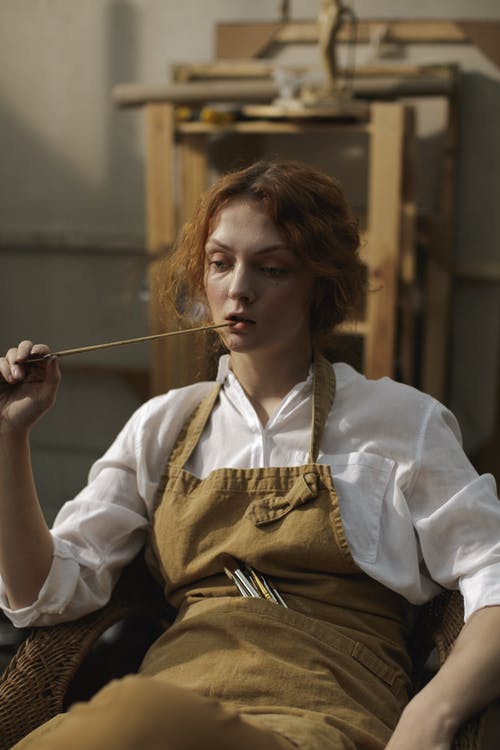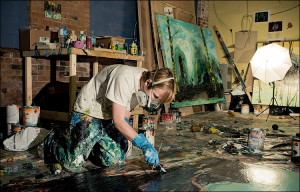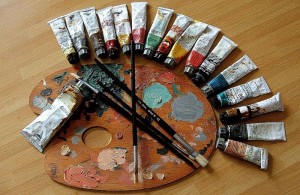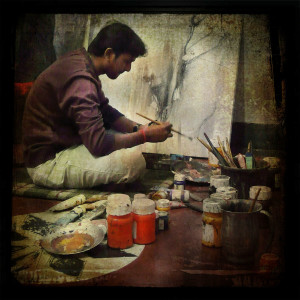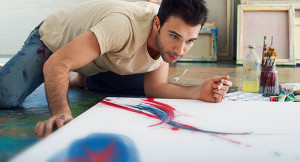Visual artists are individuals who are talented and special. The reason why they have the skills, is to add value to the lives of people around them. Visual artists are one of the oldest artisans on Earth and why some people are not aware of their essence, it is vital to the standard of a civilization.
Visual artists have the skill to view the world in a visual way, using features like colors, angles and visual levels.
Also, visual artists are individuals who have the investigation and thoughtful nature. It would even interest you to know that visual artists can even enter the metaphysical realm.
The only downside to the deterioration of a visual artists’ ability is mental health problems and addiction. And the fact is, they are more vulnerable than other professions because of the way they are wired.
The concept of creativity demands that the brain of the artist is wired properly and not modified by external factors like addiction.
So, provided the artist subjects himself to meditation for the purpose of coming up with inventive ideas, he would be great to go. His mind needs to be refreshed on a regular basis and not with the use of addictive substances but in a natural way.
Visual artists are individuals who are very thoughtful and emotional. It is effortless for them to translate their emotions into drawing. The reason for this is, visual artists are tailored towards their profession due to their high state of sensitivity.
So, a visual artist would thrive if they utilize their talents and skills under natural forces. Also, visual artists think they can handle mental health problems by themselves. Hence, when some of them undergo stress, depression and the likes, it is usually difficult for them to handle it.
Visual artists who are addicted are advised to opt for treatment from an addiction treatment centre. It is best for an artist to receive help ASAP before it gets worse.
